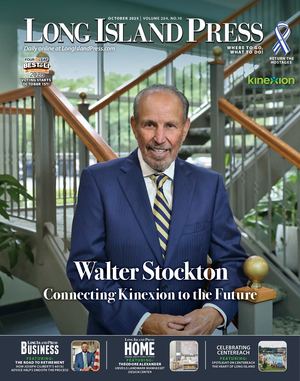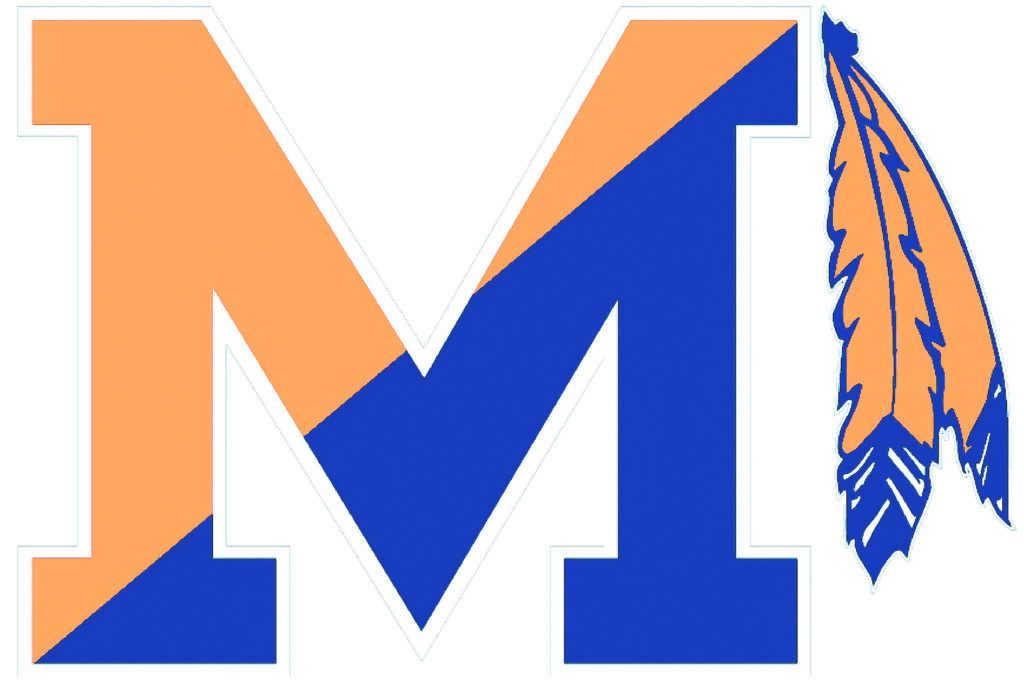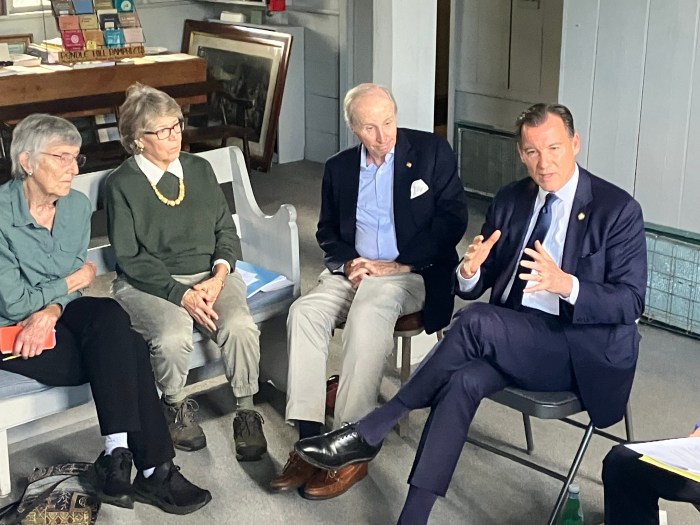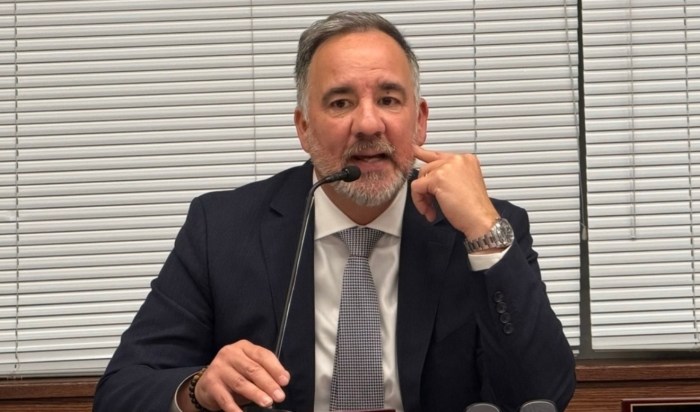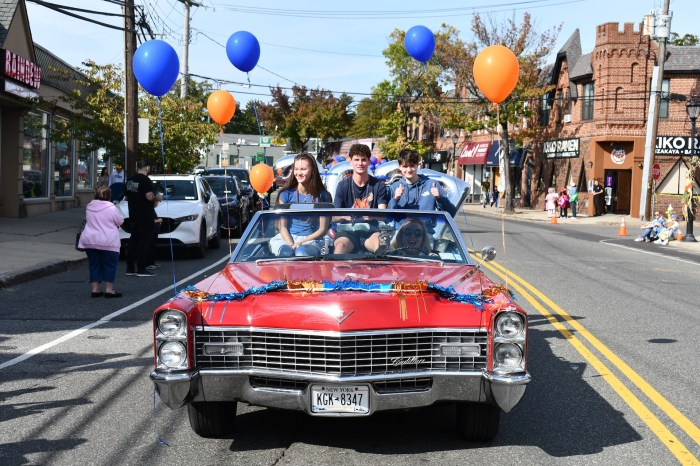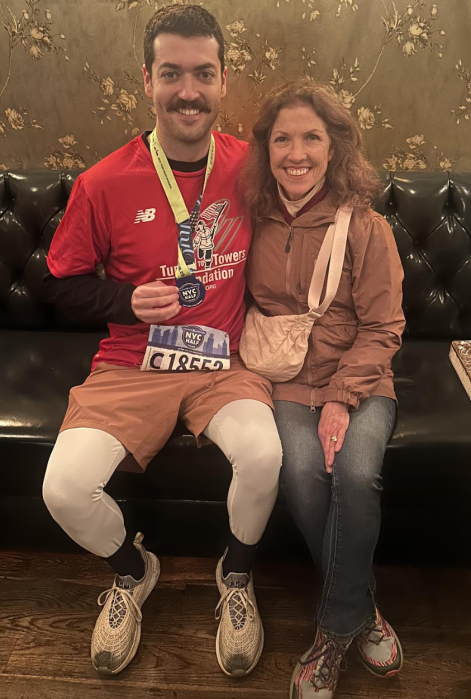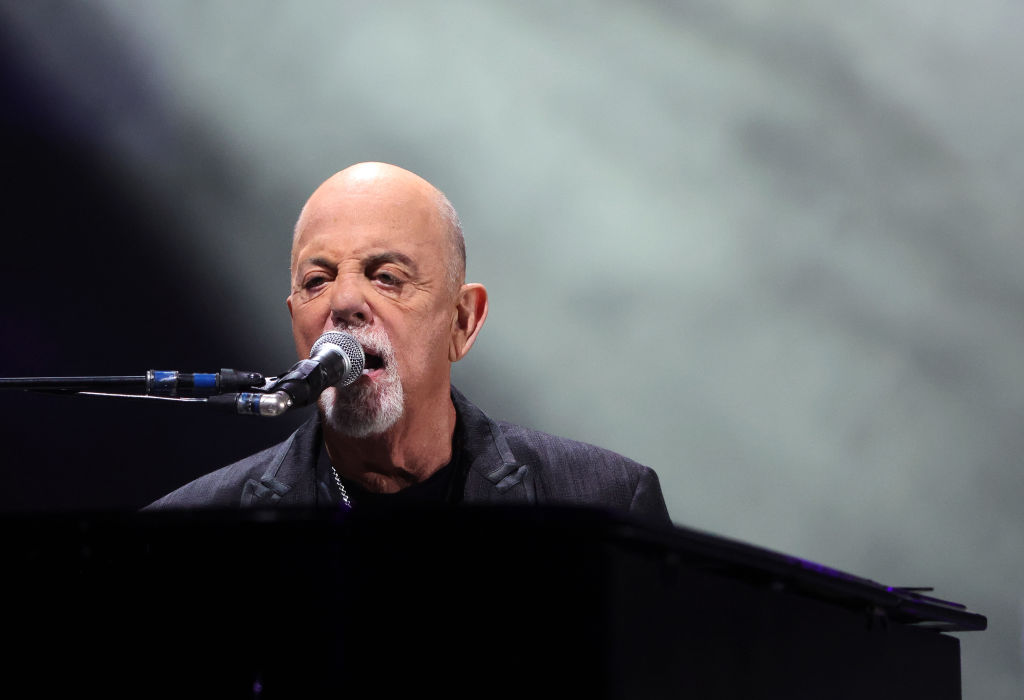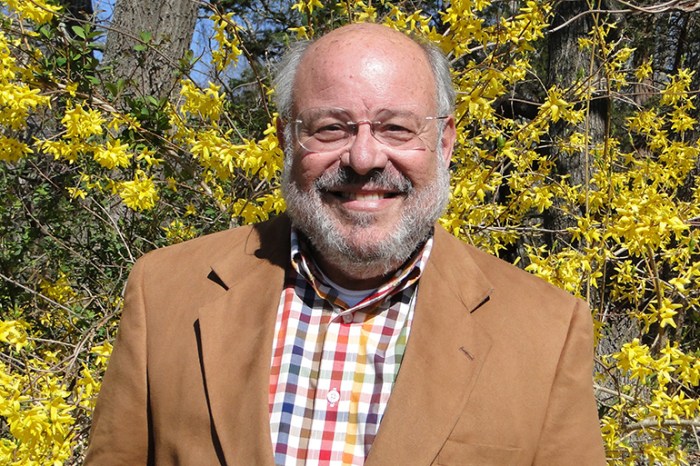Deadline for replacement ideas, review committee closed Sept. 15
With the deadline to change Native-themed mascots looming, the Manhasset school district has been taking steps to facilitate a smooth transition. The district remains committed to involving the community in the decision-making process. The submission period for new mascots closed September 15. This was also the final date to submit an application to be part of the selection committee. This committee will review the mascot choices and establish the process by which the new mascot will be selected.
On August 1, the Manhasset Superintendent, Dr. Gaurav Passi, released a statement in regards to the change of the Manhasset mascot from the “Indians” to a new name, and the retirement of all Native imagery:
“As you know, over recent months, the Board of Education has extensively discussed Part 123 of the Commissioner’s Regulations. These regulations prohibit the use of Indigenous names, logos, or mascots. In accordance with the regulation, the Board passed a resolution at its meeting on June 21 to eliminate the use of the name “Indians” and associated imagery. The Board also resolved that legacy or memorial items, considered to be historical artifacts, will not be removed or changed. Our traditional school colors of blue and orange will remain unchanged.
Consequently, the new regulations require us to develop a process to change our team’s name. We are committed to involving our school community in this endeavor to envision a team name that will inspire passion and pride throughout the district. Our objective is to create a team name that encapsulates Manhasset’s distinctive character, culture, traditions, and history and symbolizes our strive toward excellence while projecting a positive image for the Manhasset Public Schools. Our new team name should be one all community members can proudly associate with.”
Both the Shinnecock and the Unkechaug nations, the two recognized tribes on Long Island, have made statements in support of the change. The Montauket tribe, which has worked with the district before on other matters, sent correspondence directly to the district expressing its support for the proposed regulation.
With the intended purpose of logos and mascots being to build recognition, it makes sense that they are nearly ubiquitous at the schools. At a school board meeting earlier this year, Superintendent Guarav Passi addressed some of the items and décor that will need to be replaced: “I can tell you that costs will include uniform replacements, scoreboard modification, our competition wrestling mats signage, gym floors and wall padding, outdoor windscreens and banners. So it’s quite an extensive list of things that will that will need to be replaced.”
At the same board meeting, then-president Patricia Aitken placed strong emphasis on community involvement in the choice of a new mascot, making a comparison to a company rebranding. “If you are a company and you are changing your branding, you would go to an ad agency and they’d have focus groups. So that in my mind is sort of the model of having focus groups… we really want this to be broad based in the community, based amongst the students. So people (will) start to talk about what they want to see in the representation of the school, what are the characteristics that should be embodied and represented?”
Senior Deputy Commissioner James Baldwin wrote in the letter that went out statewide to school districts last year, “the court’s decision establishes that public school districts are prohibited from utilizing Native American mascots. Arguments that community members support the use of such imagery or that it is “respectful” to Native Americans are no longer tenable.”
He went on to detail schools’ commitment to creating an effective learning environment: “Students learn as much through observation of their surroundings as they do from direct instruction. In addition to their legal obligations, boards of education that continue to utilize Native American mascots must reflect upon the message their choices convey to students, parents, and their communities.”
The prohibition has been in place since 2001 but was reinforced by the 2010 Dignity For All Students Act. New York State’s Dignity for All Students Act, also known as The Dignity Act, “seeks to provide the State’s public elementary and secondary school students with a safe and supportive environment that is free from discrimination, intimidation, taunting, harassment, and bullying on school property, a school bus and/or at a school function,” as stated on the Act’s website.
Additionally, the National Education Association issued a memo in 1992 detailing a resolution adopted at their representative assembly for that year which states, “The National Education Association deplores prejudice based on race, ethnicity, religion, sexual orientation, or gender and rejects the use of names, symbols, caricatures, emblems, logos and mascots that promote such prejudice.”
The National Congress of American Indians sent the following statement when reached for comment: “NCAI commends the New York State Education Department for taking this important step to promote welcoming learning environments for all students in their state. The Tribal Nations of New York have consistently conveyed their opposition to stereotypical portrayals as public school sports mascots. It is our hope that sincere efforts to infuse a holistic, tribally-informed curriculum which teaches an accurate history and the contemporary realities of the diverse Tribal Nations of New York will follow.”
